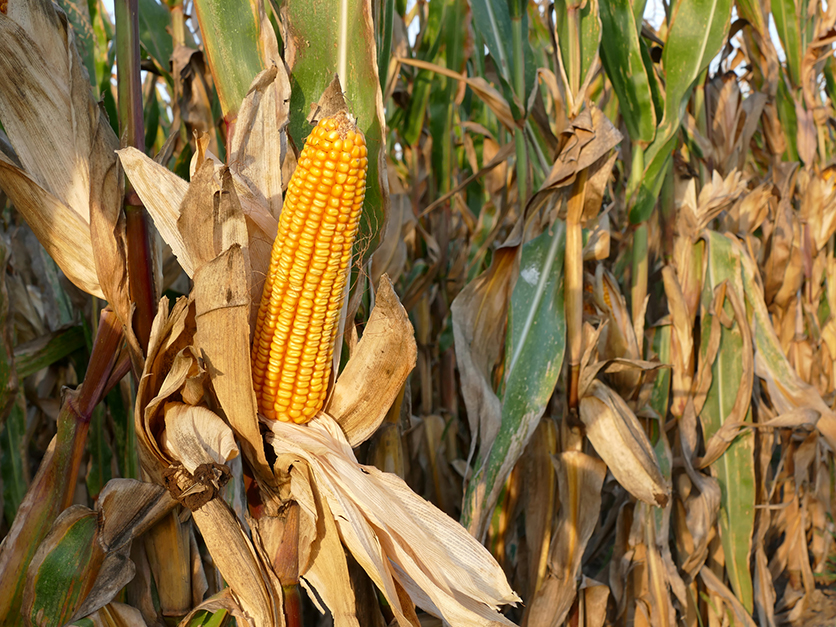Iowa Capital Dispatch
Corn farmers in Iowa are unlikely to net the high yields of recent years because their planting has been delayed significantly by cold and rain, according to an Iowa State University agronomist.
The impact of that delay will depend heavily on farmers’ progress in the next two weeks and weather conditions for the next several months, which are predicted to be drier than normal.
“I do suspect that the high, high yield potential, we probably lost,” said Mark Licht, an ISU Extension cropping systems specialist who studies yield trends. “I don’t mean that we can’t still have above-trend-line yields, I just don’t think we’ll see the record-breaking yields we’ve seen in the last couple years. I think we’ve maybe taken the top end off of it. How much is yet to be determined.”
Heading into this week, corn planting across the state was about two weeks behind the five-year average, the slowest planting pace since 2013, said Greg Thessen, director of the U.S. Department of Agriculture’s National Statistical Service for the Upper Midwest.
Just 14% of seed corn was in the ground as of Sunday — thanks to persistent rains since the middle of April and sagging soil temperatures — compared with the average of 63%. Soggy fields can be difficult for tractors to navigate, and planting in wet soil risks fissures in the ground when it dries, potentially exposing the seed. Further, the ground needs to average about 50°F. for proper sprouting.
In 2013, which had a similarly slow start, corn yields averaged about 164 bushels per acre in Iowa. Last year, the state set a record with 205 bushels per acre.
Iowa State research has shown that the best corn crops are planted before mid-May and that yields drop precipitously when planting happens after June 1.
Also in 2013, the corn crop was further compromised by widespread drought in the summer months. Current weather patterns portend another drier summer, specifically in June and July, said Jason Glisan, state climatologist for the Iowa Department of Agriculture and Land Stewardship.
“That’s why banking subsoil moisture now is a good thing,” he said.
Indeed, the spring rains have lifted most of the state from drought conditions, according to the U.S. Drought Monitor, although portions of northwest Iowa are still experiencing moderate to severe drought. None of the state is in extreme or exceptional drought.
A recent USDA report said 90% of the state’s topsoil has adequate or surplus moisture. That can go a long way to limit the effects of a dry summer, Licht said.
He estimates that an average of 10 to 12 inches of water might now be available to Iowa’s corn crop in the soil, which is about half of what it needs to reach optimal yields.
Despite the late planting, yields will be bolstered “if we can get some timely rains,” Licht said.














